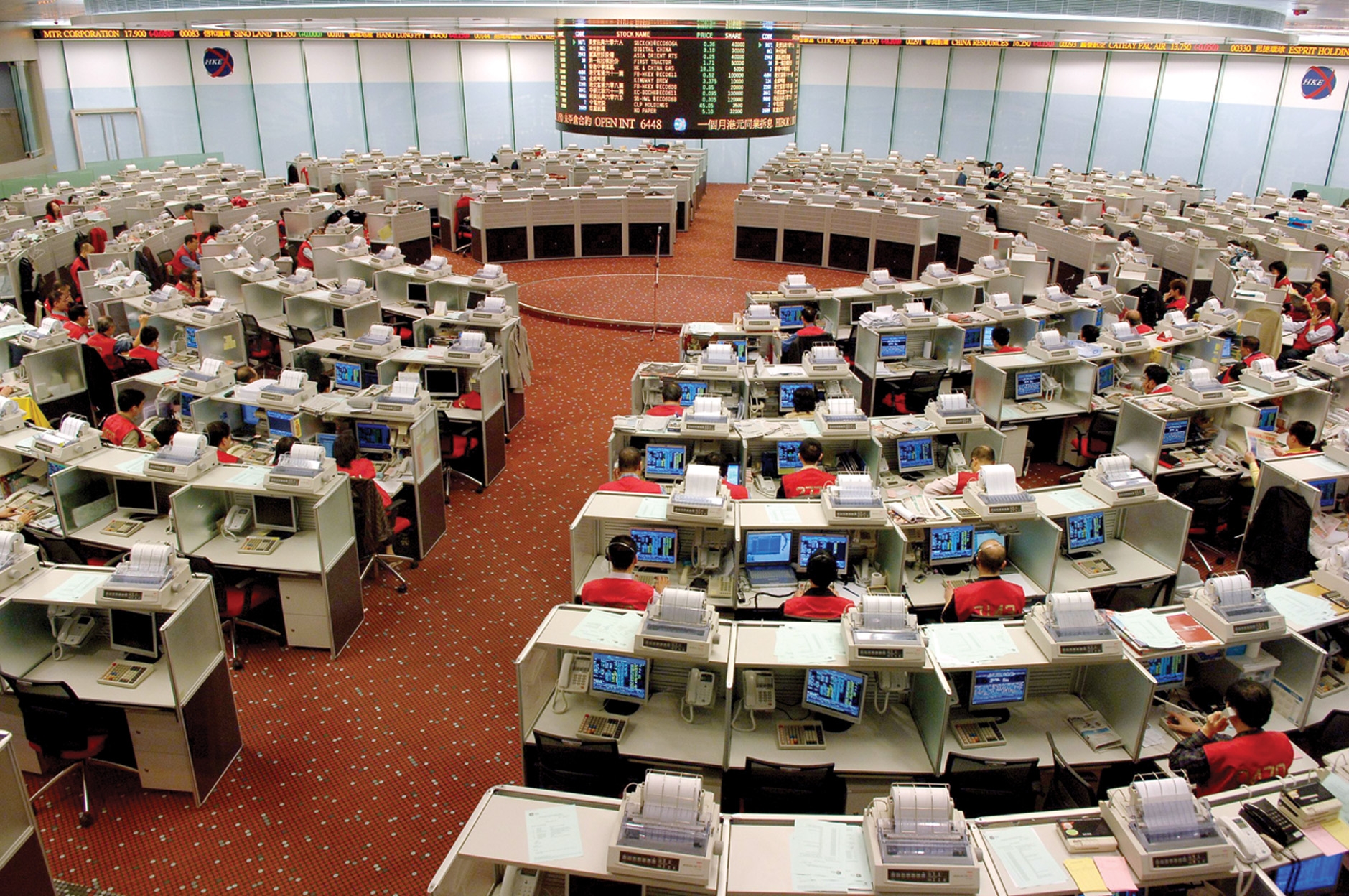The ETF Connect scheme between Hong Kong and China is viewed as an impetus for Hong Kong ETF market with the injection of Mainland China's capitals.
But Chinese and Hong Kong financial authorities are still making little headway to address the different settlement regimes between the two jurisdictions.
Hong Kong Exchanges & Clearing (HKEX) chief executive officer Charlies Li said early this year that the Mainland and Hong Kong regulators are studying to incorporate ETFs in the existing stock connect programmes, which include the Shanghai-Hong Kong Stock Connect and the Shenzhen-Hong Kong Stock Connect.
The so-called ETF Connect programme will make Hong Kong-listed ETFs accessible to Mainland investors. It will also allow foreign investors in Hong Kong to trade the ETFs listed in Shanghai and Shenzhen stock exchanges.
With the growing capacity in China's ETF market, the ETF linkage will provide considerable opportunities for Hong Kong ETF managers to broaden their client base and boost market liquidity.
Mainland China's ETF market has been taking off. Year-to-date total transaction value for Shanghai-listed ETFs grew to 658 billion RMB (US$99.25 billion) in September from 651 billion RMB for 2016, according to the Shanghai Stock Exchange.
"Many market participants are hoping that the ETF Connect will become effective soon to further improve the liquidity of Hong Kong ETF," says Eva Chan, a partner at law firm Simmons & Simmons.
Indeed, the average daily turnover for Hong Kong ETFs and leveraged and inverse (L&I) products between January and September has grown 17% to about HK$4.7 billion (US$602.2 million) compared to HK$4.3 billion for the whole year of 2016.
The increase was partly attributed to the introduction of L&I products since 2016, Ms. Chan says.
However, HKEX and its Mainland counterparts have yet to finalise a concrete timetable for the ETF linkage.
Ms. Chan points out that it might take time for the exchanges to address some technical issues.
"For example, Hong Kong ETFs are trading on a T+2 basis while China ETF transactions are settled under a T+1 system," Ms. Chan notes.
She adds that another issue remains to be sorted out is the investor identification requirement.
Currently, all units or shares of most Hong Kong ETFs are registered in the name of HKSCC Nominees Limited, the subsidiary of HKEX, Ms. Chan says.
"A person, including the regulator, will need to take extra steps to track down the identity of the beneficial owners. By comparison, Mainland investors are required to register with their real names and identification number with brokerages before trading," she adds.
Ms. Chan adds that international ETF players in Hong Kong that offer ETFs with non-China underlyings will have an advantage over their Mainland rivals to capitalise on the ETF Connect.
"Mainland investors do not need to invest via the programme if they want to invest in ETF with onshore exposure managed by Mainland managers," she says.
Vanguard Investments Hong Kong (Vanguard HK), the Hong Kong-based subsidiary of Vanguard Investments, is looking to tap into the ETF Connect market.
Having launched its first ETF product in Hong Kong in 2013, Vanguard HK currently has five ETFs listed on the HKEX all of which are low-cost.
Linda Luk, managing director of retail and intermediary business Asia at Vanguard HK, notes that the ETF Connect is a right step for China to open its market to foreign investment.
In this context, low-cost ETFs can help Mainland investors to meet their demand for portfolio diversification, she says.
Ms. Luk adds that four out of its five Hong Kong ETFs could cover nearly 80% of the market cap of the FTSE Global All Cap index with a below-average total expense ratio (TER) of 0.18%. That could enable Mainland investors to complement their onshore equity exposure.
Last October, Vanguard HK cut the fees on its Hong Kong-listed ETFs by 22%, down from 47% and 0.18% down from 0.35%. The move led its ETF line-up to be the lowest cost in the territory compared to the industry average of 0.34%.



